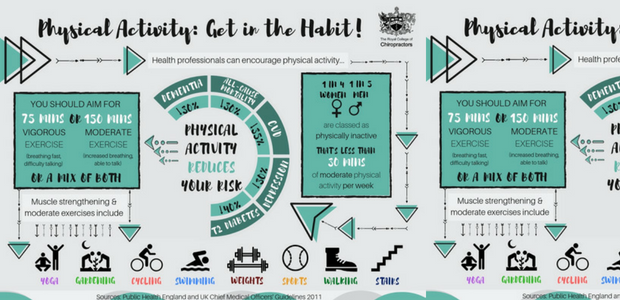Why Does Soft Tissue Therapy Pain? Recognizing The Process
Why Does Soft Tissue Therapy Pain? Recognizing The Process
Blog Article
Material By-Vazquez Lundgaard
When you undertake soft Tissue treatment, you might discover it remarkably awkward. This discomfort emerges as stress is put on stressful muscles and damaged cells, activating your discomfort receptors. While it can really feel stressful in the minute, there's a reason behind this sensation. Understanding what occurs in your body during these therapies can help you appreciate the procedure. So, exactly what is taking place underneath the surface?
The Physiology of Discomfort During Soft Tissue Treatment
When you undertake soft Tissue therapy, your body's feedback to pain is a complicated interaction of physical procedures. As https://www.today.com/pets/holistic-vet-acupuncture-chiropractic-treatments-pets-rcna1966 uses stress, your body triggers discomfort receptors, sending signals to your brain. This activates the launch of natural chemicals, such as compound P and glutamate, which amplify the sensation of pain.
Your muscular tissues may also tighten in response, more complicating the experience. In addition, your body may launch endorphins, all-natural painkillers that can help minimize some discomfort.
The communication in between these procedures can develop an unique experience for each and every individual. Understanding this physical action aids you browse the feelings during treatment, permitting you to value the equilibrium between discomfort and the potential for recovery benefits.
The Duty of Pain in the Healing Process
Although discomfort throughout soft Tissue therapy can really feel overwhelming, it plays an essential role in the recovery procedure. When you experience pain, your body is signaling that it's working to fix broken cells. This action helps boost blood circulation to the damaged area, supplying important nutrients and oxygen needed for recovery.
Furthermore, discomfort can promote the launch of endorphins, your body's all-natural medicines, developing a sense of relief post-treatment. Embracing https://bestchiropracticclinic49483.ttblogs.com/12700294/i-recognize-the-lure-to-resume-your-routine-however-discover-crucial-ideas-for-a-smoother-recuperation-that-might-transform-your-healing-experience can help you comprehend your body's limits and motivate you to resolve underlying problems.
While it's uncomfortable currently, this process is essential for long-term recuperation and boosted feature. Recognizing pain as an essential part of healing can empower you to stay dedicated to your treatment.
Tips for Handling Discomfort Throughout and After Treatment
Handling discomfort during and after soft Tissue therapy can substantially boost your overall experience and recovery.
To begin, communicate honestly with your specialist concerning your discomfort levels; they can readjust techniques accordingly. Utilizing deep breathing methods can also help you kick back and ease pain.
Take into consideration using ice to the treated location post-session to reduce inflammation and numb pain. Remaining moisturized help in the healing process, so consume alcohol a lot of water.
Gentle stretching and light motion after treatment can advertise blood circulation and simplicity tightness. Last but not least, ensure you get appropriate rest to allow your body to recover.
Applying https://personal-care-chiropracti95173.blog2freedom.com/33065067/a-sports-massage-therapy-can-alleviate-muscle-mass-pain-and-enhance-recuperation-yet-what-unique-methods-make-it-a-game-changer-for-professional-athletes-discover-the-solutions-inside can make your soft Tissue treatment extra manageable and enjoyable.
Verdict
Finally, while soft Tissue treatment can be awkward, it's critical to recognize that this pain plays a vital duty in your healing journey. By understanding the physiological responses at play, you can come close to the treatment with a much more positive way of thinking. Remember, the first discomfort usually paves the way to alleviation as your body releases endorphins. Welcome the procedure, and do not hesitate to utilize the tips for handling pain to improve your experience and recovery.
